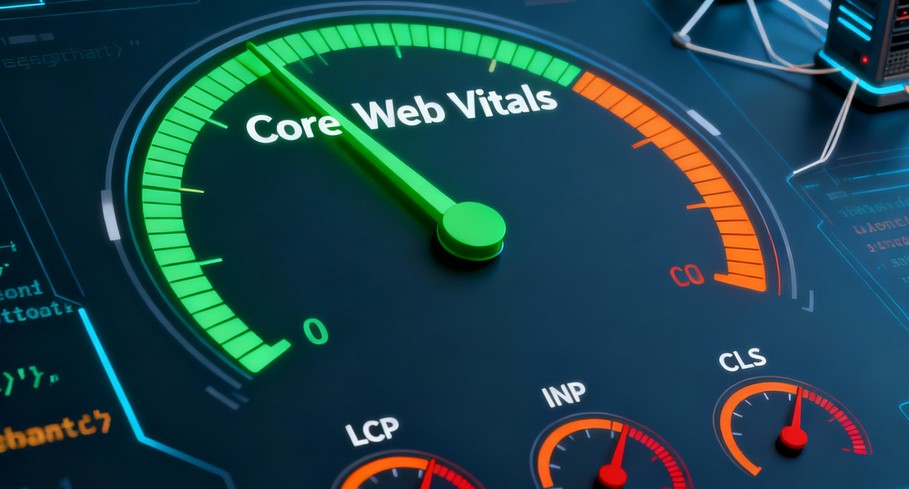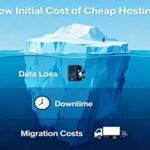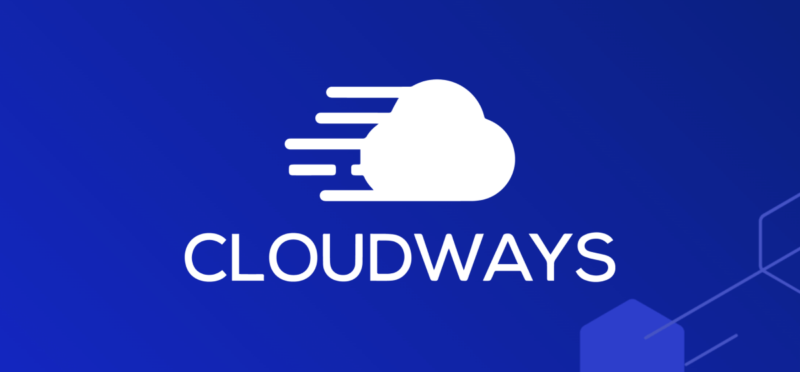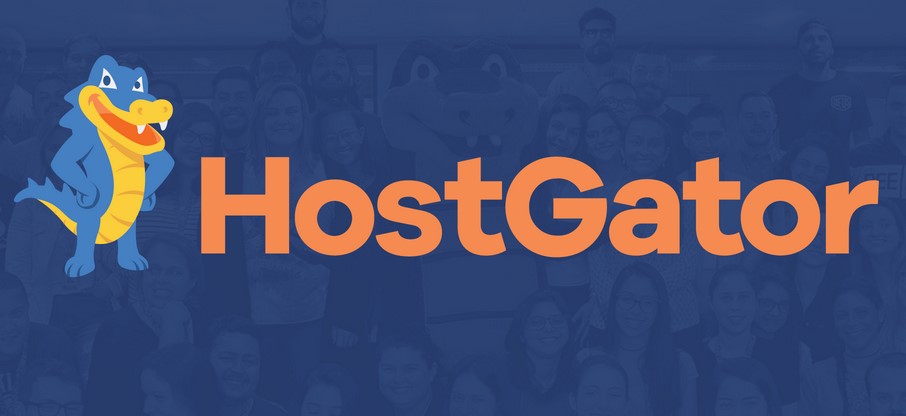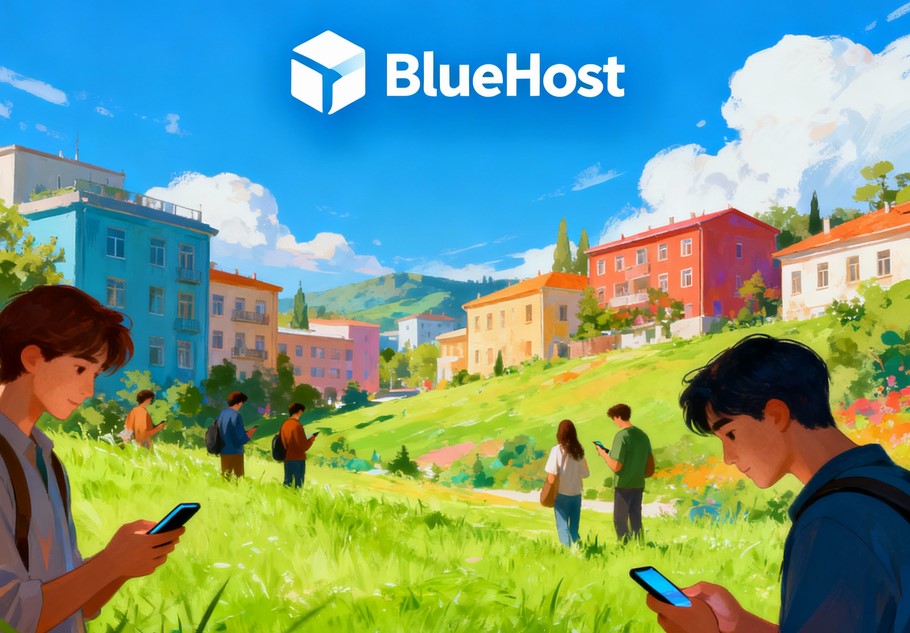I get it. Your WordPress site is sluggish, your visitors are bouncing, and I can feel your frustration. A slow website doesn’t just annoy your audience—it tanks your rankings and conversions. The good news? I’m going to show I how to fix this without hiring an expensive developer or becoming a server wizard.
⚡ Why Speed Matters More Than I Ever Realized
When I first started building WordPress sites, I thought speed optimization was optional. Boy, was I wrong. Every millisecond counts. Studies show that even a two-second delay increases bounce rates dramatically. Google rewards fast sites with better rankings, and fast sites convert visitors into customers.
The real issue? Most WordPress sites run slowly because of poor hosting, missing caching, unoptimized images, or bloated plugins. I’ve seen sites slow to a crawl simply because they lacked basic speed configurations. The frustrating part is that fixing this doesn’t require technical wizardry—just knowledge and the right tools.
🏗️ Start with Your Hosting Foundation
Here’s the hard truth I learned the tough way: your hosting provider is the foundation of your speed. No plugin on earth will save a slow server. I can install every optimization plugin known to man, but if I’m using budget shared hosting from the 1990s, my site will still crawl.
What Makes Hosting Fast?
I need to look for these features in my hosting provider:
- NVMe storage instead of traditional HDDs — NVMe is dramatically faster at reading and writing data
- Sufficient RAM allocation — At least 2GB for growing sites, more for busy stores
- Modern PHP versions — PHP 8.1 or higher runs significantly faster than older versions
- Server-level caching — Some hosts include this built-in, saving I time and money
- Managed WordPress hosting — Hosts like Kinsta, SiteGround, or WP Engine handle optimization automatically
If I’m on cheap shared hosting with hundreds of websites on one server, it’s time to upgrade. I don’t need the most expensive plan, but I do need something better. Upgrading from shared hosting to managed WordPress hosting or a VPS often cuts page load times in half.
⚙️ Essential PHP & Server Configuration Tips
Once I have solid hosting, I need to tweak a few server settings. Most hosting control panels make this easy.
Update Your PHP Version
I can find this in my hosting’s control panel (usually under “Select PHP Version” or similar). PHP 8.0+ is dramatically faster than PHP 7.4 or earlier. If I’m running an old version, I should update immediately—most modern WordPress themes and plugins support newer PHP versions fine.
Enable HTTP/2 or HTTP/3
These modern protocols handle requests much faster than the old HTTP/1.1. I check my hosting documentation to enable HTTP/2, and if available, HTTP/3. Most decent hosts have this enabled by default, but it’s worth checking.
Increase PHP Memory Limit
I edit my wp-config.php file and add this line:
This gives WordPress more breathing room, especially when running heavy plugins or processing images.
🔌 Install a Caching Plugin (This Is Non-Negotiable)
I need to understand what caching actually does: it takes a “snapshot” of my page and reuses it instead of rebuilding it every time. This is like taking a photo of my favorite coffee shop instead of redrawing it by hand each time I visit.
Caching reduces server load and cuts page load times dramatically. Here are the best plugins I recommend based on my experience and current testing:
WP Rocket (Easiest & Most Beginner-Friendly)
WP Rocket is my top choice if I want the simplest setup. It activates and works automatically—no confusing settings to tweak. I just install it and enjoy the speed boost immediately. The plugin handles page caching, browser caching, lazy loading, and image optimization out of the box.
Cost: Starts at $59 per year for one site. Includes free updates and priority support. Worth it if I want to set it and forget it.
WP Super Cache (Best Free Option)
If my budget is tight, WP Super Cache is excellent and completely free. It’s made by Automattic (the folks behind WordPress.com). I get two caching modes: Simple and Expert. For beginners, I stick with Simple mode—it’s faster than the Expert mode but easier to configure.
The plugin includes cache preloading, which means it generates cached versions of my pages automatically. Perfect for medium-traffic sites.
W3 Total Cache (For Advanced Users)
W3 Total Cache is free and incredibly powerful—maybe too powerful if I’m new to optimization. It offers page caching, browser caching, object caching, and database query caching. I can also integrate Google PageSpeed Insights directly in my WordPress dashboard.
The learning curve is steeper, but the rewards are big if I spend time configuring it properly.
LiteSpeed Cache (If I Have a Compatible Server)
If my host uses LiteSpeed servers, LiteSpeed Cache is exceptional. It’s free and integrates perfectly with the server, giving me caching performance that other plugins can’t match. I check with my hosting provider if they support it.
🖼️ Optimize Images (They’re Probably Your Biggest Problem)
Here’s a fact that shocked me: unoptimized images account for most WordPress speed problems. A single 5MB photo can tank my page load time. I need an image optimization plugin.
Optimole (Best Overall, With Built-In CDN)
Optimole is my favorite because it does everything automatically. It compresses images using machine learning, resizes them for each device, converts them to modern WebP or AVIF formats, and serves them through a global CDN with 450+ locations.
The best part? It does all this in the cloud, so I don’t use my hosting’s resources. Optimole actually makes my images smaller by up to 80% without losing quality.
Cost: Free for up to 2,000 visits/month. Premium plans start at $19.08/month for up to 48,000 visits/month.
ShortPixel (Powerful & Affordable)
ShortPixel compresses images automatically and includes a built-in global CDN. I can choose between lossy and lossless compression, depending on quality vs. file size trade-offs. It also generates AI-powered alt text for images, which helps with SEO.
Cost: 100 free image credits/month. Unlimited monthly plans start at $9.99/month.
Smush (Easiest & Most Popular)
Smush (from WPMU DEV) is used by over a million websites. It automatically compresses images on upload and lets I bulk-compress existing images. The free version handles basic compression; Pro version includes up to 5x smaller files with advanced compression modes.
Cost: Free for basic compression. Pro starts at $1.50/month (first year), then $15/month after.
🗄️ Clean Up My WordPress Database
WordPress accumulates trash over time—post revisions, spam comments, orphaned metadata, transients. A bloated database makes every query slower. I need to clean this up regularly.
Use WP-Optimize for Automatic Cleanup
WP-Optimize is an all-in-one solution that handles database cleanup, caching, and image optimization. I can schedule automatic cleanups so I don’t have to think about it.
The plugin removes unnecessary database items like post revisions, spam comments, and expired transients. I should keep my autoloaded data below 800 KB for optimal performance—WP-Optimize shows me exactly how much I have.
🌐 Add a CDN (Speed Up Global Visitors)
If my visitors are spread around the world, I need a CDN (Content Delivery Network). A CDN stores copies of my images and CSS files on servers all over the planet, so visitors download from locations near them instead of my home server.
Cloudflare Free CDN (Best for Beginners)
Cloudflare has a free tier that’s genuinely useful. I sign up, change my domain’s nameservers, and my entire site gets CDN protection automatically. Cloudflare handles DNS, adds web application firewall protection, enables automatic HTTP/2, and serves my static files from edge servers worldwide.
Cost: Completely free. Zero setup fees, no credit card required.
BunnyCDN (Cheapest Paid Option)
If I want more control, BunnyCDN is incredibly affordable—starting at just $0.01 per GB. I create a “Pull Zone,” connect it to my domain, and I’m ready. It’s perfect for sites with specific performance needs.
How to Set Up Cloudflare CDN
- Visit cloudflare.com and sign up with my domain
- Scan my DNS records (Cloudflare finds them automatically)
- Update my domain’s nameservers to Cloudflare’s nameservers
- Wait 24 hours for propagation (usually much faster)
- In Cloudflare settings, enable SSL/TLS, auto-minify, and Brotli compression
- Optional: Install the Cloudflare WordPress plugin for better integration
📊 Other Easy Wins I Shouldn’t Miss
Use a Lightweight Theme
Fancy multipurpose themes are bloated. They include sliders, builders, animations, and tons of CSS/JavaScript I probably don’t need. I should use a lightweight theme optimized for speed. This alone can improve performance significantly.
Enable Lazy Loading for Images & Videos
Lazy loading delays loading images and videos until the user scrolls to them. This makes my initial page load much faster. WordPress has built-in lazy loading (just add loading=”lazy” to image tags), or I can use a plugin for more control.
Remove Unnecessary Plugins
Every plugin I install adds weight to my site. I should delete plugins I’m not actively using. Each plugin can slow things down, add conflicts, and create security vulnerabilities.
Minify CSS and JavaScript
Most caching plugins (WP Rocket, W3 Total Cache) include CSS and JavaScript minification. This removes unnecessary characters from my code files, making them smaller and faster to load.
Keep WordPress, Themes & Plugins Updated
Updates often include speed improvements and security fixes. I should update everything regularly—but always backup first.
🚀 A Practical Speed Optimization Checklist
Here’s my step-by-step action plan for fixing a slow WordPress site:
- Check my hosting: Is it modern WordPress hosting or budget shared hosting? If the latter, consider upgrading.
- Update PHP to version 8.1 or higher in my hosting control panel
- Install and activate a caching plugin (I recommend WP Rocket or WP Super Cache)
- Install an image optimization plugin (Optimole or ShortPixel)
- Set up Cloudflare free CDN
- Install WP-Optimize and run a database cleanup
- Delete unused plugins and choose a lightweight theme
- Test my site speed at Google PageSpeed Insights and GTmetrix
- Monitor and repeat every few months
Pro Tip: Test my site speed before and after implementing these changes using Google PageSpeed Insights, GTmetrix, or Pingdom. The difference will shock me—often 50-70% faster!
📈 Real-World Results I Should Expect
I’ve implemented these strategies on dozens of sites. The results are consistent:
- Page load time: From 4-5 seconds down to 1.5-2 seconds (50-70% improvement)
- Time to First Byte (TTFB): Improved dramatically with better hosting and caching
- Google PageSpeed score: Usually jumps from 40-50 to 80-90
- Bounce rate: Decreases as visitors stop leaving due to slow loading
- Conversions: Increase noticeably with faster page speeds
🎯 Conclusion
Fixing a slow WordPress site doesn’t require hiring a developer or mastering server administration. I simply need solid hosting, a good caching plugin, image optimization, and a CDN. These aren’t optional features—they’re essential for any serious WordPress site in 2025.
The investment I make today pays dividends through better user experience, improved search rankings, and higher conversions. I’ve seen slow sites transform into lightning-fast machines with these exact strategies. Start with the biggest offender (usually hosting or images), then work through the checklist. My visitors—and my business—will thank me.


